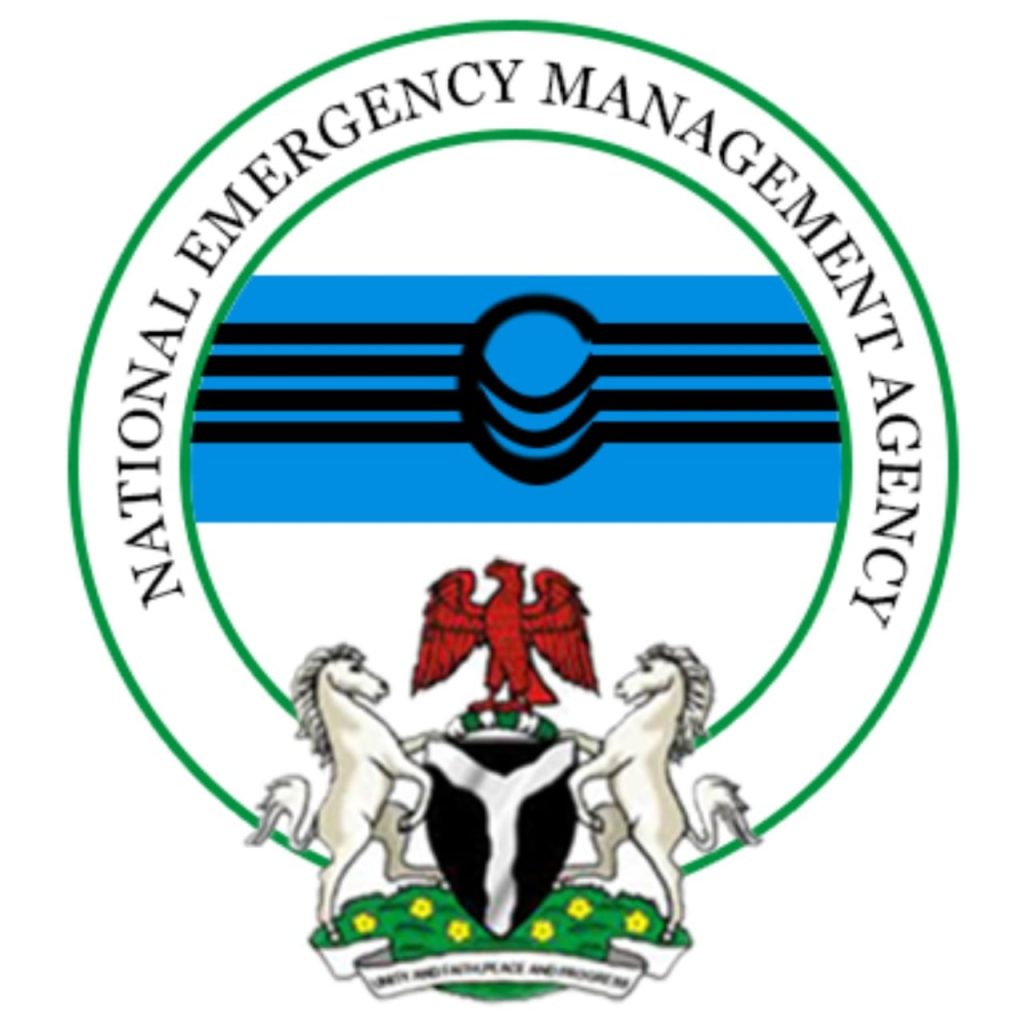In the wake of a devastating windstorm and subsequent flooding, Nigeria’s National Emergency Management Agency (NEMA) has mobilized to assess the scale of destruction in rural communities across Shendam Local Government Area, Plateau State. The disaster, which struck on August 3, 2025, destroyed over 50 homes and submerged vast stretches of rice farmland, leaving residents grappling with immediate shelter and food security challenges.
A delegation from NEMA’s Jos Operations Office, spearheaded by Chief Relief and Rehabilitation Officer Judith Bai, conducted field visits to seven impacted villages, including Shimankar, Kalong, and Unguwan Zam. The team collaborated with local authorities and the Shendam Local Government Emergency Management Committee (LEMC) to document losses and identify urgent humanitarian needs.
During the assessment, traditional leader HRH Miskoom Maurice M. Danjuma, Village Head of Shemankkat, described the disaster as a dual blow to housing and livelihoods. “Entire harvests were washed away in hours,” he stated, emphasizing the compounded risks for agrarian communities already vulnerable to climate shocks. He appealed for coordinated support from federal and state agencies, along with development partners, to provide emergency relief and long-term recovery assistance.
Local government representative Chris Nettiem acknowledged NEMA’s rapid deployment, noting that joint efforts would prioritize temporary shelter solutions and agricultural rehabilitation. “This collaboration is critical to restoring normalcy,” he said, underscoring the region’s reliance on subsistence farming.
While rainfall patterns in West Africa’s Middle Belt have grown increasingly erratic in recent years, the August storm’s intensity—which flattened homes and disrupted critical crops like rice—highlights rising climate resilience concerns. Analysts note such events strain Nigeria’s disaster response systems, particularly in remote areas with limited infrastructure.
The assessment marks the first phase of a multi-agency intervention, with relief distributions and infrastructure audits expected to follow. However, community leaders stress that sustained investment in flood prevention measures and climate-adaptive farming techniques remains essential to mitigate future crises.
